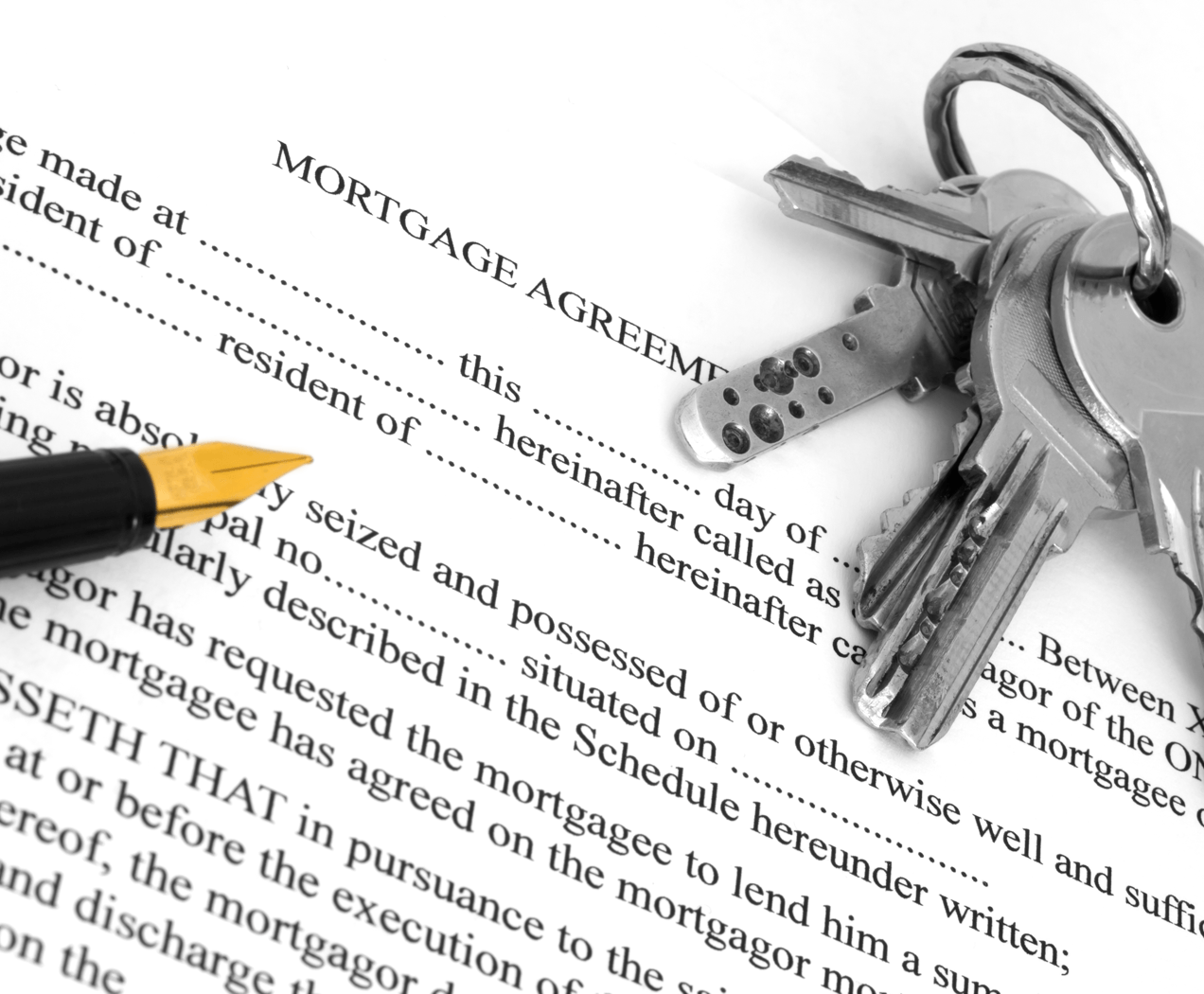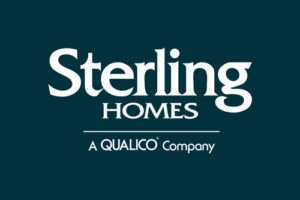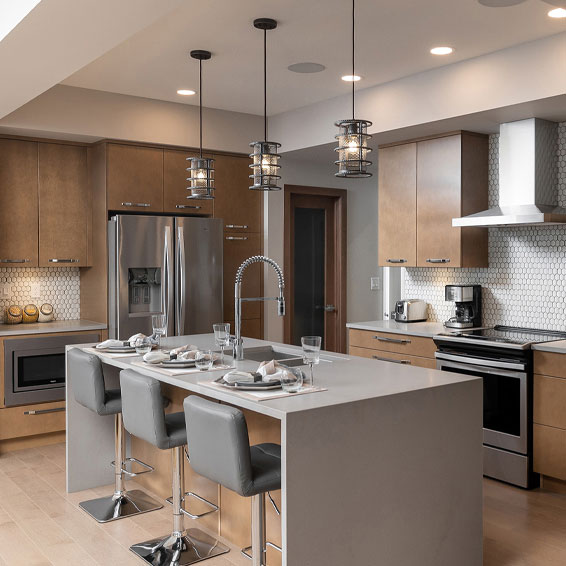
As a first-time homebuyer, you’re probably starting to feel overwhelmed. You may have been talking to lenders, Area Managers of builders you like, even your friends and family – and everyone seems to be using phrases you’re just not familiar with. It’s time to brush up on your real estate lingo.
Our list of terms includes many of the terms you’ll need to know to get started buying your first brand-new home.
Pre-Qualification and Pre-Approval
When it comes to mortgage lending, you’ll probably hear the terms “pre-qualification” and “pre-approval” often. They sound the same, but there’s a subtle difference. With a mortgage pre-qualification, a lender will ask you how much money you earn and tell you how much money they’re willing to lend you. There’s no formal agreement, but it’s a place you can start.
 The pre-approval, on the other hand, means that the bank has looked at your credit score and verified your income. They give you an offer that includes your mortgage interest rate. You don’t have to work with the lender, but they’ll lock in these rates for a certain period of time. If you’re serious about buying a home, it’s the pre-approval you want.
The pre-approval, on the other hand, means that the bank has looked at your credit score and verified your income. They give you an offer that includes your mortgage interest rate. You don’t have to work with the lender, but they’ll lock in these rates for a certain period of time. If you’re serious about buying a home, it’s the pre-approval you want.
New Construction Loan
There are different types of mortgage loans. Those who are building a brand-new home have to get a special type of mortgage called a new construction loan or a construction mortgage. This differs from a traditional mortgage in that the lender draws money at a few different times throughout the process to get the builder the money they need to purchase building materials. Interest rates might be slightly higher.
Base and Upgrades
Buyers considering new construction also need to pay attention to which materials are the “base” or “standard” options and which ones are upgrades. Builders tend to advertise a starting price on their homes, but this can be misleading. The cost they show you may be the cost of the home if it has all of the standard new home features.
Once you add upgrades – higher quality materials or additional features – the price increases. Sometimes, the home you want may actually be more affordable when you purchase from a builder that has a higher starting price. This is because the builder considers the materials you want – such as quartz countertops – to be standard options.
Front-Attached and Rear Lane
Most home designs these days include a garage, but you’ll often hear about them being either front-attached or rear lane. Front-attached homes have the garage attached to the front of the house. You can enter the home through a door in the garage.
Rear lane homes have a garage that’s separated from the home – usually across the backyard. Front-attached homes tend to be more convenient, but some people don’t like the look of the design. Rear lane models have a more picturesque look to the front of the home.
Debt-to-Income Ratio
Did you know there are formulas that determine how much home you can afford? The debt-to-income ratio is one the bank uses to calculate how much money they’ll loan. In general, they like to see that a monthly mortgage payment is less than 30 percent of your monthly income.
 Many banks also look at your other debts like student loans and credit card bills. They don’t want your total debt load to be more than 40 percent of your monthly income. Note that they’ll only use your base income. Overtime and bonus payments don’t count for this purpose.
Many banks also look at your other debts like student loans and credit card bills. They don’t want your total debt load to be more than 40 percent of your monthly income. Note that they’ll only use your base income. Overtime and bonus payments don’t count for this purpose.
Debt-to-Equity Ratio
The debt-to-equity ratio refers to how much of the home you “own.” Once you’ve lived in your home for a while, there are many reasons to love having home equity.
When you first buy a home, it means how much money you put as a down payment. In Canada, at least a five percent down payment is needed to buy a home, but if you can make a larger down payment, you’ll be in a more secure position, and your monthly payments will be lower.
Amortization Schedule
Your amortization schedule shows you how much of your monthly mortgage payment goes toward interest and how much goes toward the principal balance. In the early years of paying off your mortgage, more than half of the monthly payment goes toward interest.
Closing Costs
Closing costs are all of the fees you’ll have to pay when you finalize the purchase of your home and get the keys to move in. This usually includes things like legal fees, appraisal fees, insurance, and other such things. Most experts recommend setting aside at least two or three percent to cover these costs. This money is in addition to your down payment. It usually needs to be in the form of a cashier check, so you need to have cash in the bank to cover your closing costs.
Buying your first home can be a complex process, but there are plenty of people who want to help you along the way. If you have any questions, don’t be afraid to ask!




